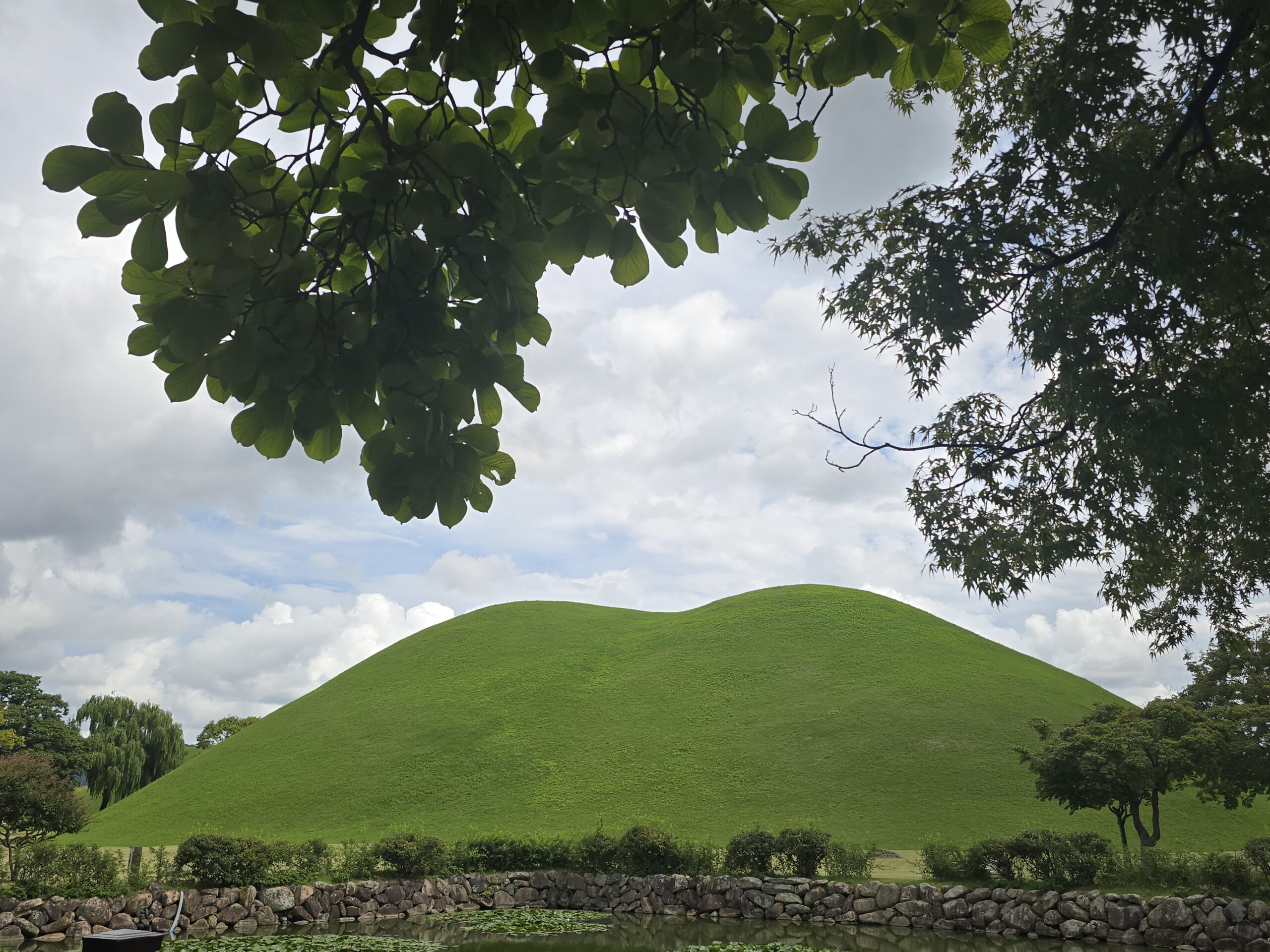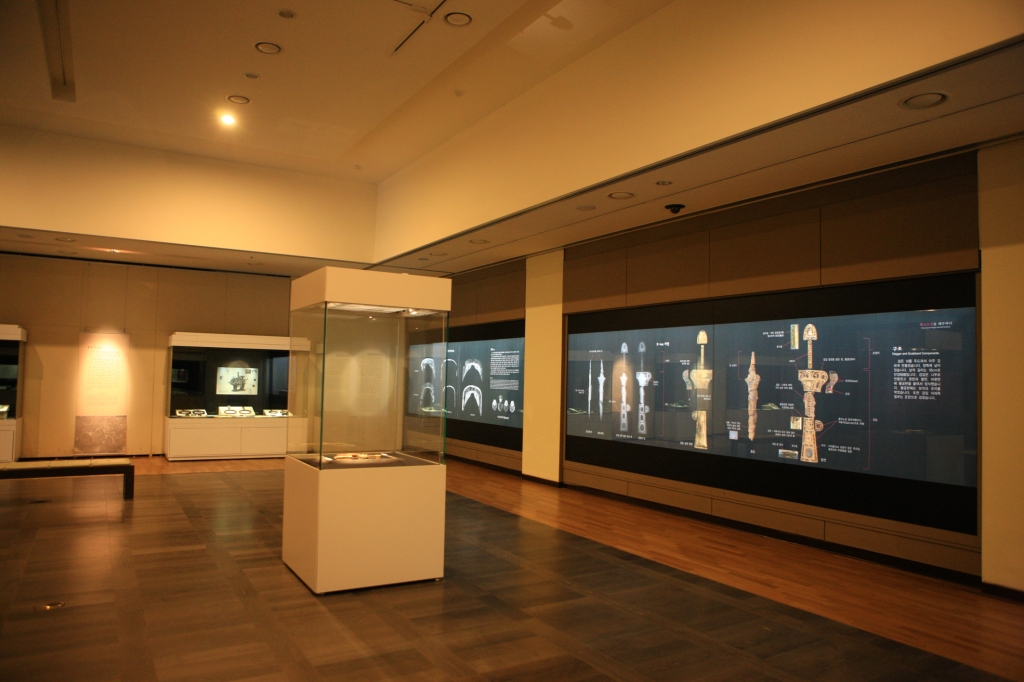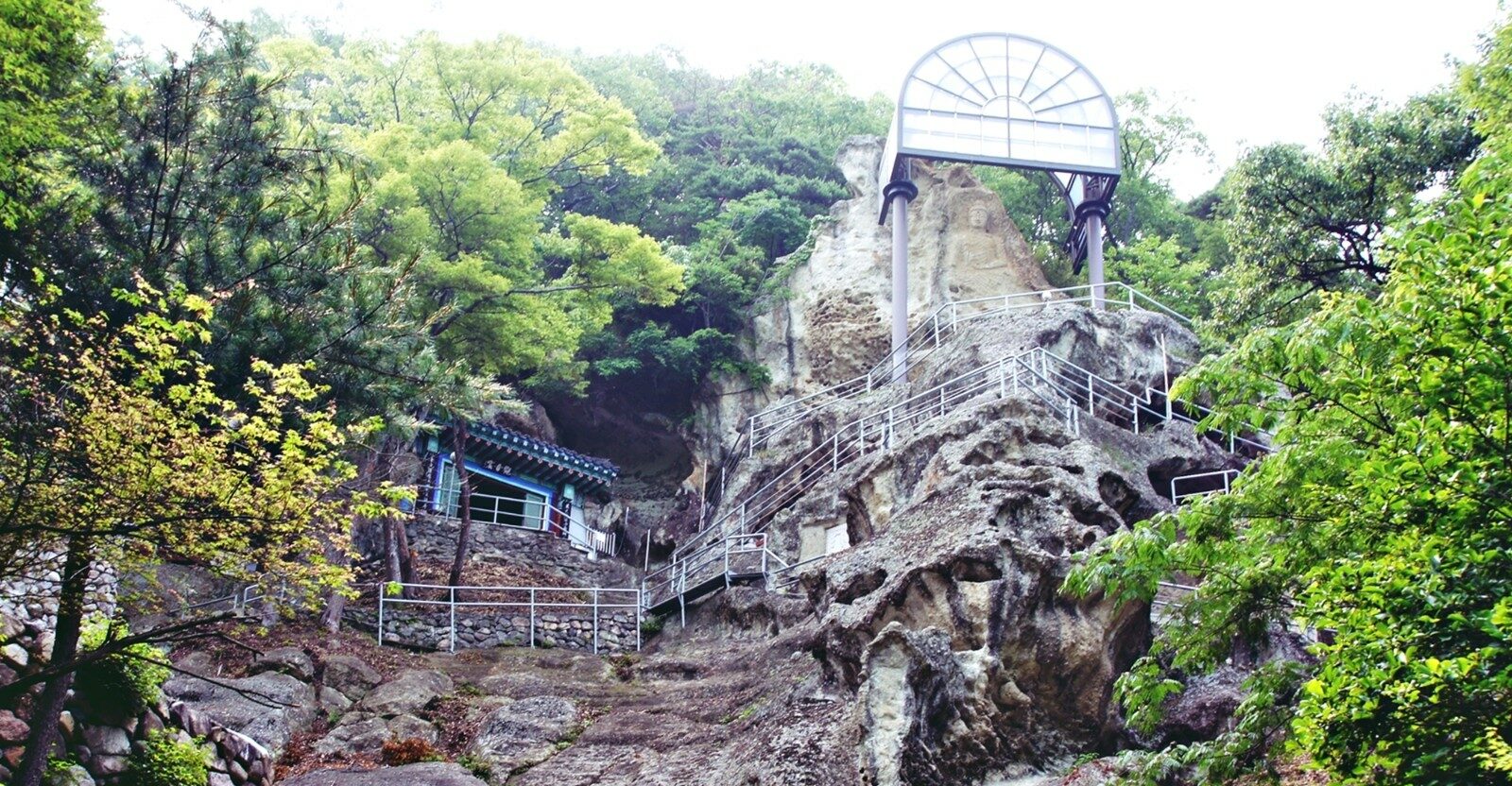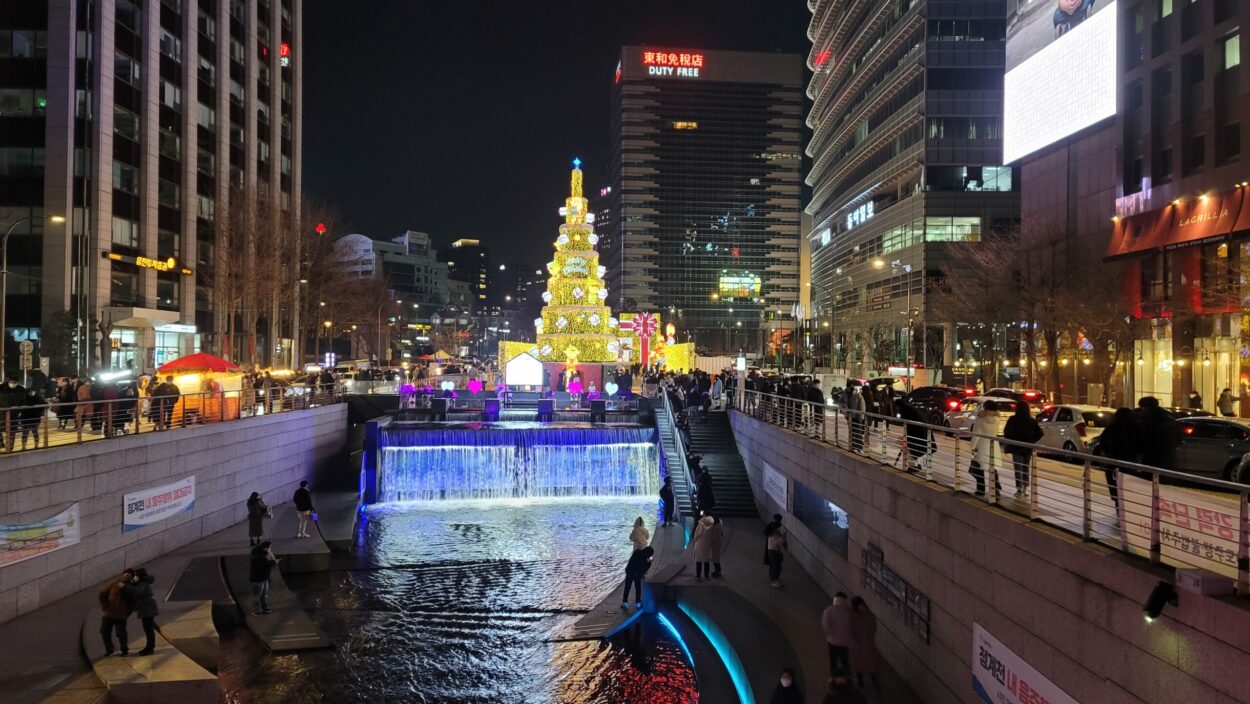Gyeongju National Museum is an essential destination for those eager to delve into Korea’s profound history and vibrant culture. In Gyeongju, the museum showcases Silla Dynasty artifacts, revealing their daily life, art, and spirituality from 57 BC to AD 935.
Explore the Museum
The museum boasts several exhibition halls, each catering to varied interests:
- Archaeology Hall: This hall displays dazzling jewelry, weapons, and a 5th-century gold crown, showcasing Silla artisans’ exquisite craftsmanship.
- Art Hall: Highlighting Buddhist art, this section presents relics and sculptures, exploring the Silla people’s spiritual and artistic heritage.
- Wolji Hall:Focused on Wolji Pond artifacts, this hall reveals the Silla era’s royal luxury with stunning objects.
- Outdoor Exhibition: The museum garden features stone pagodas, statues, and the Emille Bell, Asia’s resonant ancient bell, heard over three kilometers away.
Additionally, visitors can explore interactive displays at the Children’s Museum and enjoy educational programs offered year-round.

Nearby Attractions
After exploring the museum, visit these nearby attractions to enhance your cultural journey:
- Bulguksa Temple: A UNESCO site, Bulguksa Temple offers stunning architecture and peace, perfect for tranquility seekers amid history.
- Seokguram Grotto: Another UNESCO site, the grotto houses a magnificent seated Buddha statue surrounded by intricate carvings. The hike to the grotto offers breathtaking views of the surrounding mountains.
- Donggung Palace & Wolji Pond: Near the museum, this scenic pond adorned a Silla palace. Visitors enjoy its gardens and traditional Korean architecture reflections.
10 Must-See Historical Relics
- 5th-Century Gold Crown: A Silla masterpiece, this crown’s intricate goldwork showcases advanced metalworking skills from the era.
- Buddhist Statues: These statues reveal the Silla people’s deep spirituality, highlighting their devotion and artistic skill in religious sculptures.
- Emille Bell: Known for its legendary sound, this massive bell symbolizes the technical prowess and cultural depth of the Silla era.
- Stone Pagodas: These structures, found in the museum gardens, demonstrate the architectural ingenuity and religious fervor of ancient Korea.
- Royal Seals: Artifacts like these were used to authorize documents, providing insight into the administrative sophistication of the Silla Dynasty.
- Ceremonial Weapons: Displayed in the Archaeology Hall, these weapons highlight the martial prowess and ceremonial customs of Silla warriors.
- Wolji Artifacts:From Wolji Pond, excavated items showcase the Silla royal court’s lavish lifestyle, revealing their opulent world.
- Celadon Pottery: Known for its exquisite glaze and delicate designs, this pottery represents the height of Korean ceramic artistry.
- Ancient Texts: These documents offer valuable insights into the philosophical and literary pursuits of the Silla period.
- Royal Ornaments: These pieces of jewelry showcase the elegance and wealth of Silla royalty, reflecting the intricate craftsmanship of the time.
Near the museum, this scenic pond once graced a Silla royal palace complex..For history enthusiasts or those craving a unique cultural adventure, Gyeongju delivers unforgettable memories.




